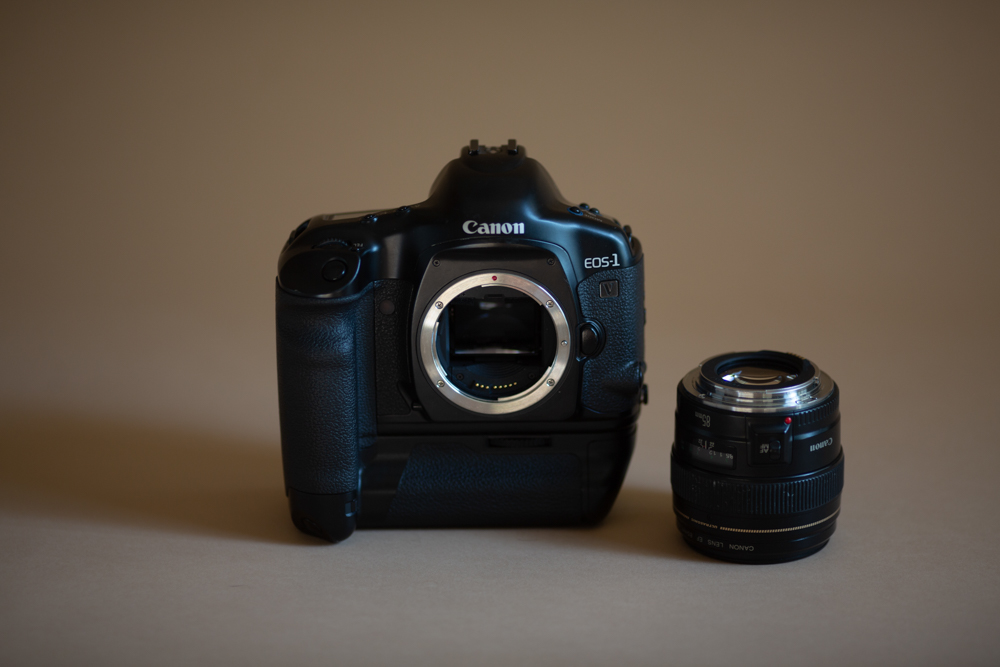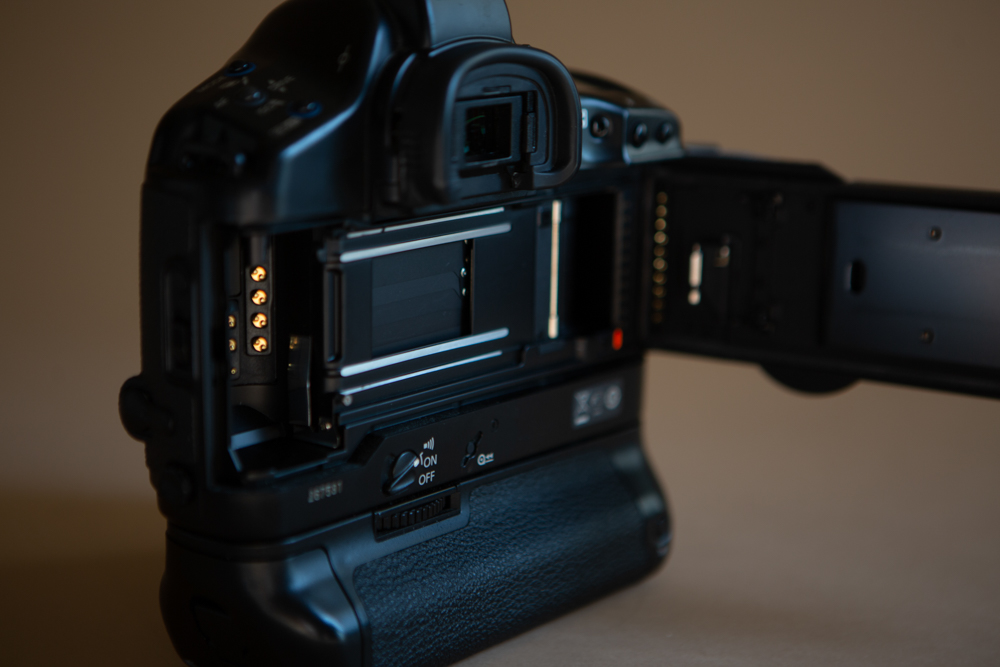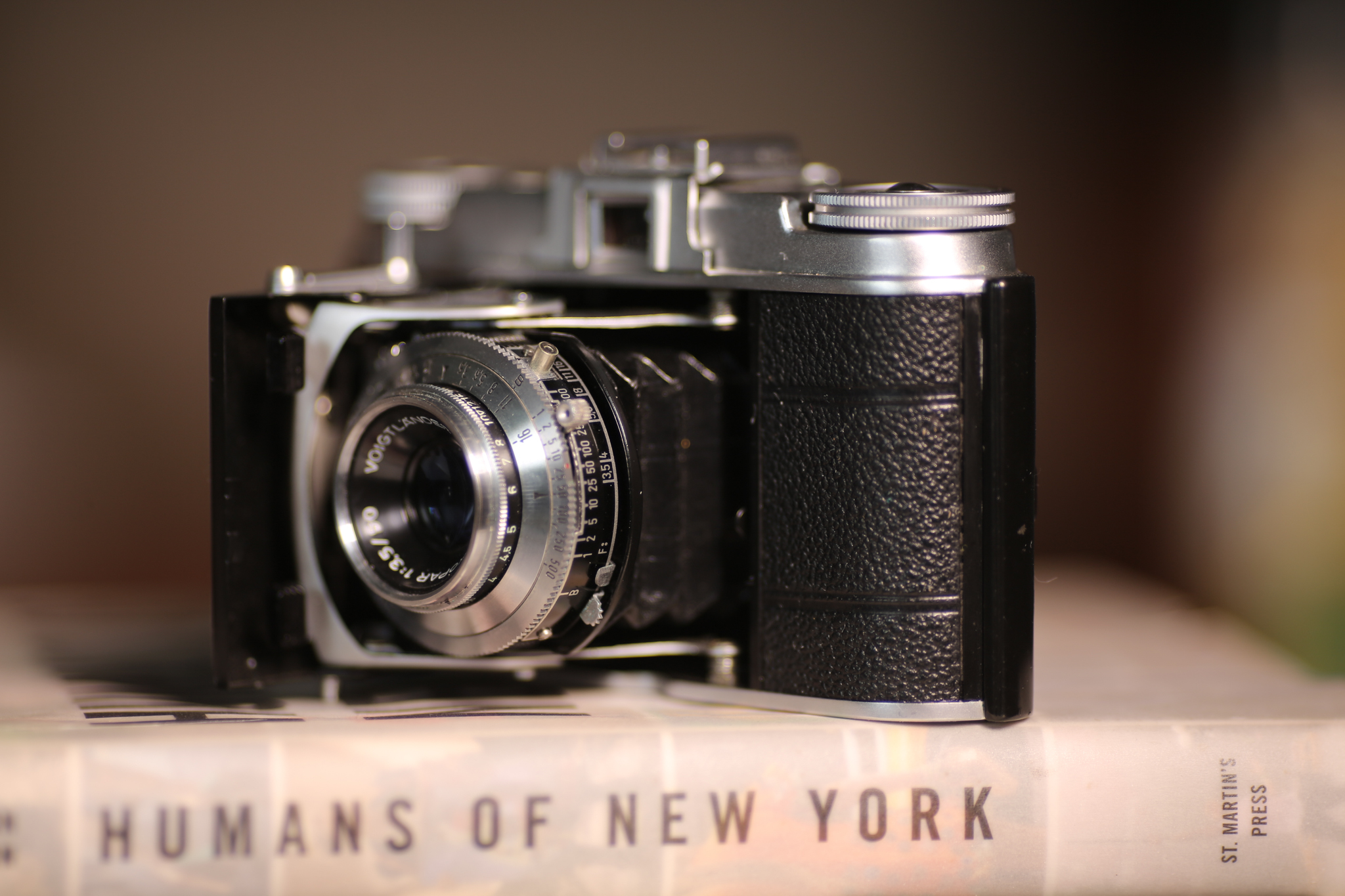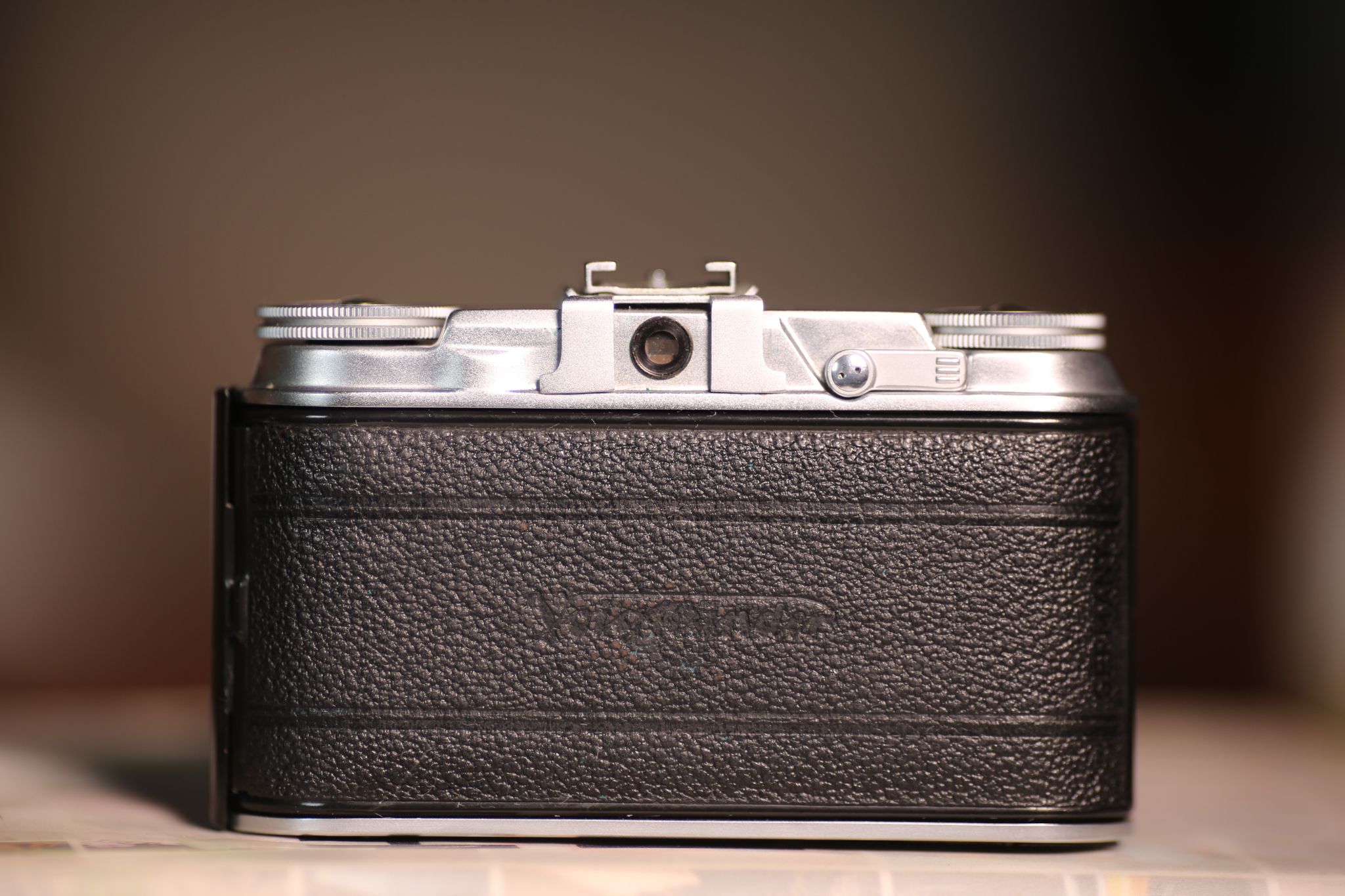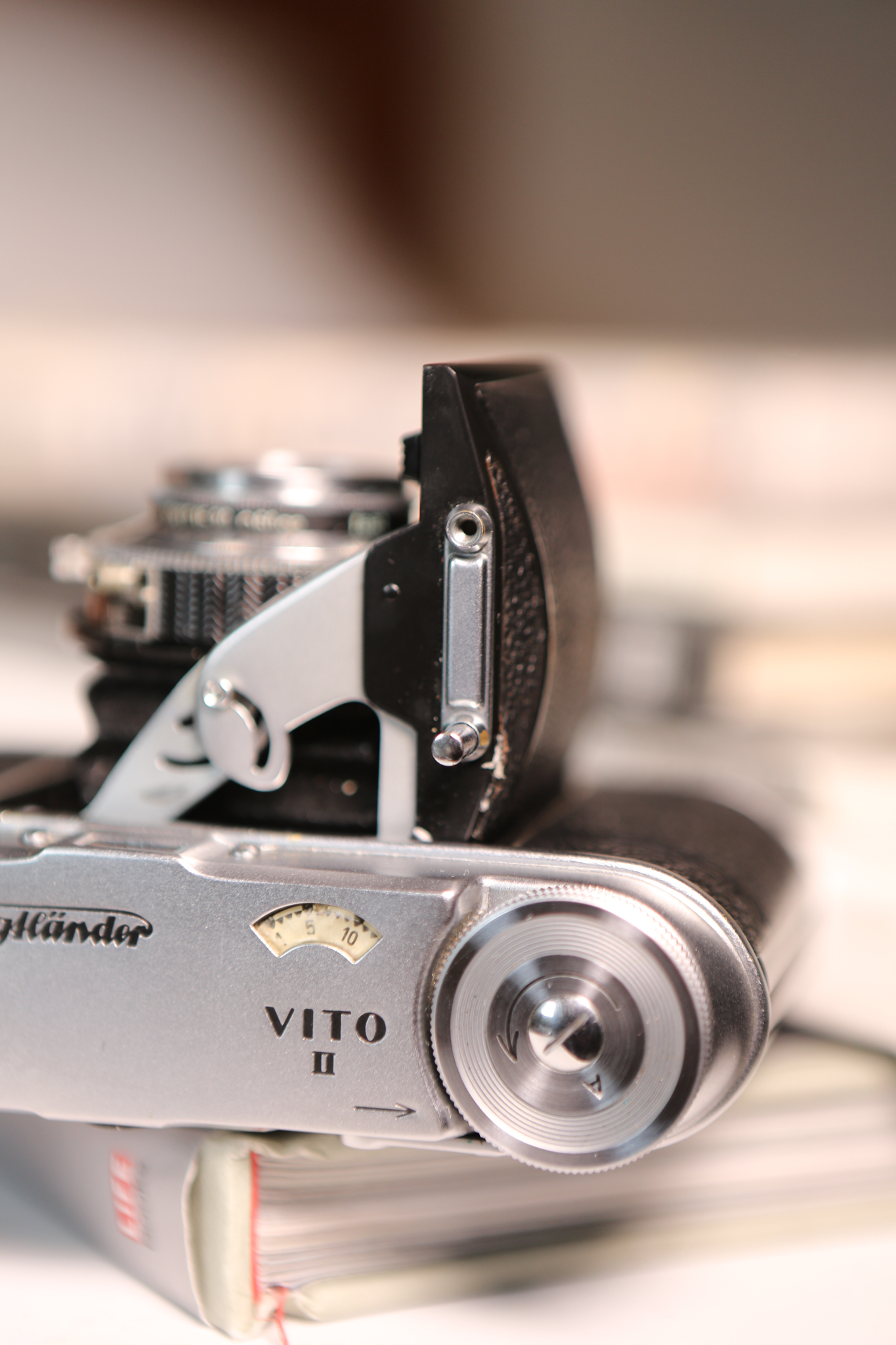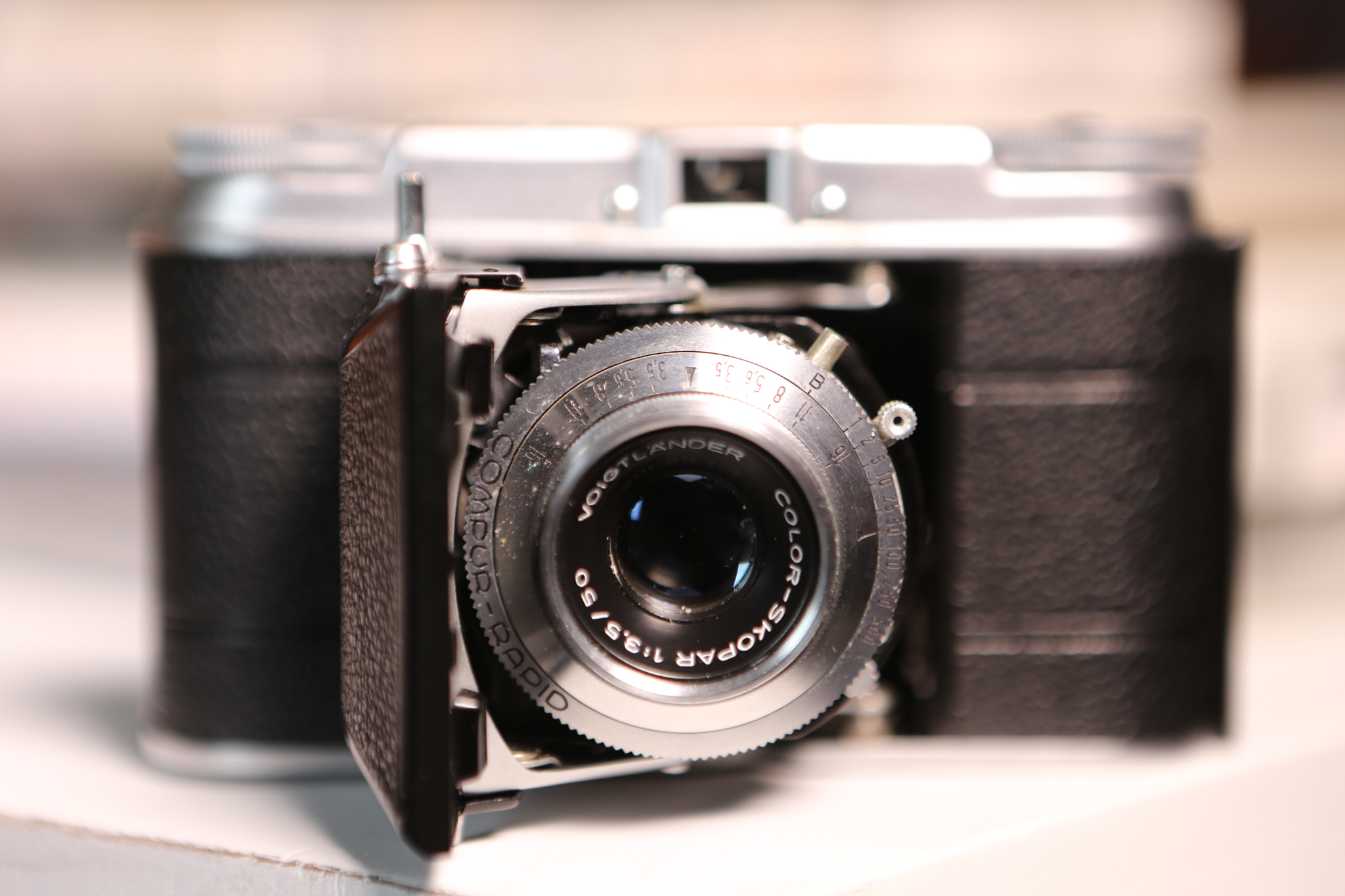As a premier Los Angeles event photographer, I specialize in capturing the authentic, impactful moments and key interactions that define your corporate and private events.
I offer comprehensive event photography coverage for a wide range of occasions across Los Angeles. My expertise extends to capturing corporate events like conferences, corporate parties, brand activations, influencer events, product launches, pop ups, seminars, expos, trade shows, and conventions. I also specialize in private celebrations, including galas, award ceremonies, red carpet events, birthday parties, and holiday parties. From corporate, private, and political events, I ensure every moment is professionally documented throughout the Los Angeles area and Southern California.
Canon EOS-1V Review
Introduction to the Canon EOS-1V
When it was released in the year 2000, it was the greatest film camera ever made. In 2019... It is the greatest film camera ever made.
OK, perhaps claims of it being the best is somewhat debatable. Some may argue that Nikon’s f5 of 1996 was up there with the Canon 1V. But one thing is for sure, the Canon 1v represents the pinnacle of professional sports film cameras. It was the end of an era; The end of the line for flagship film cameras. It would be just two years later that Canon would release the digital 1D. We face something similar today in which the upcoming (yet to be announced) Canon 1DX iii, will likely bookend the legacy of the EF mount DSLR. I suspect we will see an RF mount version based on it within the next two years of its release.
Canon 1V with my 85mm 1.8.
How I got my 1V
I got my Canon 1v a few years ago when I realized that the poor college kid who could never afford decent gear could now easily buy Canon’s best for a mere $499. At the time of writing this article, they seem to be going for closer to $700 on average. Mine was in brand new condition and I was able to order it on Amazon.
But fulfilling my former, poorer self’s dreams was not the only reason to pick up a 1V. There are more and better reasons for having this camera other than having the best in class.
Familiarity
If you’re at all familiar with current pro DSLRs by Canon, you will feel right at home with the 1V. It’s form factor and button layout are all very Canon-like. I am able to use my 1V exactly as I would my 5diii. Including with back button focus, one of the most important things to me. The only thing you will find missing is a controller to set your auto focus point. Rather, setting your focus point is achieved by pressing the [•::::•] button and use a combination of your shutter dial and rear controller to move your focus. To this day, you can still set your focus point this way on most Canon cameras- even those with directional controllers.
Truthfully, as a professional event photographer, this would be a non starter for me with any new piece of gear. But although I would find a focus point controller welcome, I have found that not having one is not too much of a hindrance and I quickly got used to setting my focus point this way. In fact I have felt right at home shooting professional work this way and in practice it has hardly affected my hit rate of keepers.
Canon 1V with 70-200mm f2.8 and the 24-70mm f2.8
It’s The Lenses, Stupid
In addition to being instantly familiar with the layout and feel of the 1v, it is entirely compatible with all of my pro glass. Every EF lens I own works flawlessly with the 1V, including those with image stabilization. I have even used vintage m-42 glass on it using an adapter I bought for my 5diii.
Using this camera with all of my pro lenses is like living the dream of my former self. Sure, I have been shooting with pro glass professionally for 10 years, but that was always on digital bodies mostly doing work for other people. Shooting on the 1V is for me- Even when I use it at work, photograph events in Los Angeles.
EX Flash Compatibility
The 1V is completely compatible with all EX and EZ flash units. I even use Canon’s latest flagship flash, the 600 EX II-RT. Using TTL, the flash works exactly as it should and you can expect consistent results as you would with digital.
Build Quality, Durability, and Whether Sealing
The EOS-1V is almost entirely made of magnesium alloy. It is robust and feels great in the hand. This is a camera that can take a beating in just about any condition. But more importantly, as a Canon shooter, using it is a pure joy.
I personally really enjoy shooting with a variety of film cameras. I especially enjoy the ones with the most quirks (Anscomark m, Rollei 35s, Voigtlander Vito ii, etc.), often making them the most difficult to use. But when I want a camera that just does the job, effortlessly and in a way I am used to when working, I choose the 1V.
Design
Curved, with rounded edges, the Canon 1V is a camera that embraces design ethos of the 90s. It is a minimal camera. Missing are certain dedicated dials like you would find in the Minolta Alpha 9 or Nikon F5. The top left plate has just 3 buttons to control 7 different functions. Changing certain things like drive mode require you to press two buttons in unison and then rotating your shutter dial.
top left plate of the canon 1v.
Although I am someone that really enjoys the tactile experience of using a camera, the truth is that Canon’s choice in how you operate the camera in no way slow you down once you are used to it. In fact, by clustering everything together so that they are all operated in a similar way, I think there is an argument that the 1V is more efficient than having to reposition your hand to change various dials.
I’ll be honest, as a long time Canon shooter, I have always visually admired the hard lines of Nikon cameras. But design-wise, Canon cameras have always just made sense to me.
Features
Feature wise, the 1V is designed for working professionals. It’s 45 point Autofocus system is fast even by today’ standards. Everything a working professional needs is at their fingertips and nothing more. Because I want to focus on sharing what it is like to use the camera, I am going to avoid listing off specs here. However, I will link to a resource for that and to a full spec sheet at the end of this article.
Interesting Features Worth Noting
The Canon is capable of roll number imprinting. Is this feature useful to you? Maybe not. I have yet to use it, but I may play around with it a bit. I think this was most useful in determining who shot what when multiple rolls are developed by a team of photographers.
The 1V also tracks exposure data. For sure this could come in handy, but accessing it requires dated software on a dated computer. It’s not worth the trouble to me.
With the 1V you can register a focus point so that you can instantly return to it. This feature is still present in current Canon cameras. I do not use it too often, but I am sure to some it may be helpful. By default, this is set to the middle autofocus point.
My favorite interesting feature of the 1V is the ability to set it to leave your film leader out when you rewind. As someone that develops all their films at home, I love not having to break open a roll to load it onto a reel. Click here to see my savage method of opening film cassettes.
Rear view of the Canon 1V.
Purchasing the 1V
If it’s not already clear to you, any film shooter with existing L grade glass that wants top notch shooting experience and quality of images should own a 1V. I think wedding photographers and event photographers like myself will especially enjoy using it. When searching for a 1V keep in mind that there are two versions: the base 1V and the 1V HS. The HS model is identical but includes a battery grip that brings its shooting speed up to 10 FPS. However there are 3 different grips that are compatible with the camera in total. I personally use one I rescued from a Canon 1n. It had lots of battery corrosion, but with some white vinegar and q tips I was able to clear it up.
I bought my 1V on Amazon just a few years ago for $499 with prime shipping and it was worth every penny. It was in like new condition and included the box with all its accessories. At the time of writing this article, prices seem to be averaging around $700 and I doubt they are in the condition mine was in. I anticipate costs going up for the foreseeable future, so I would not hesitate in buying one if you’re interested.
The 1V was a camera built for and used by working professionals. It is not a Leica or collectors item. Because of this, you can expect a fair amount of them to be beat up by now. However, it stayed in production until somewhat recently so you should be able to find some in solid condition.
Conclusion
For any film shooter with existing EF glass, the 1V is a must own piece of equipment.
If you’re a working professional photographer shooting a mix of film and digital, throw it in your bag and effortlessly swap between the two without the need for separate lenses.
If you want a professional grade film camera that reliably gets the job done with the modern features you’ve come to love and rely on, then the Canon 1V will feel right at home, all while delivering top notch image quality from your pro lenses.
In the digital age, the best film camera of 2000 will stay the best for the foreseeable future. Do yourself a favor and get one now.
Voigtlander Vito ii Review
For the last year I have been ordering cameras from the internet without knowing if they would work. 95% of the time they do. And when they don’t it's usually an easy fix. Sometimes, not so much and I destroy a $250 camera learning to fix it. Usually what happens is that I break something else while trying to fix the actual problem.
The Voigtlander Vito ii is an old camera. Maybe not my oldest, but my first folding camera! The problem with folding cameras, is that due to age, the accordion portion of the camera is prone to light leaks etc. Maybe I’ve just been lucky ordering cameras in unknown working condition, but these days I just have faith they will work. I wasn’t wrong! I spent exactly $50 after shipping on this little guy, which is no small amount but wouldn't have been the end of the world if it didn't work. The $1,000 Leica M3 I recently got would have been another story- Dont worry, that worked too!
A Brief history of the Vito ii
First made in 1949 as a follow up to the OG Vito. I know it was produced for several years and had several variations. I tried to figure out which year mine was produced in until I realized I don’t really care. But I do know this, it has an accessory shoe so it's a later model. But I don’t know if its by design or if its detachable (I haven’t wanted to try). Update: its easily detachable, but it looks like a shoestring production. I mean the shoe covers the damn logo! Important to note: the accessory shoe is just that. It is not a hot shoe and does not communicate with the camera. I also know that there were two models: one with 4 shutters speeds and one with 8. But mine has 9? Maybe it's my dementia but I can't make sense of it.
Design
There is a standard looking button on the bottom of the camera that needs to be depressed to open it. Less obvious are two little tabs on the inside of the door that need to be pressed before closing the camera.
Aperture and shutter are set right on the lens in addition to a shutter tensioning lever, which must be wound prior to taking a photograph.
The camera uses zone focussing. It is not an SLR or a rangefinder. You basically approximate your distance and set it on the focussing ring denoted at 3.5 ft and in increments up to 60 ft before infinity. Oh, and there's also a triangle between 10 and 12 feet and a circle before 60ft. Voigtlander suggests you set your distance on the triangle for anything closer than 16ft and the O anywhere above. But honestly this is just a feature for people that don't use their brains too good. I never had a problem guessing distance. But I will say I embraced the challenge and quirks of using this camera and shot mostly at f16 to ensure a good amount of depth. When I did miss my focus it was experimenting with a more shallow depth of field at a closer focussing distance in which guessing by a foot or so off would make a bigger difference.
Look and Feel
I really love this camera. It’s a great camera just to have for decoration to be honest. It looks that great. If a Leica is a 10 and a Holga is a 1, I’d say the Vito ii is about an 8, maybe even 8.5. My copy is in great condition. It actually looks as if it were never really used. A bit of the leather was starting to separate from the body, but some glue did the trick.
And now for what really matters,
The Experience of Using a Voigtlander Vito ii
It’s hard not to marvel at the meticulous and clever designs of fully mechanical cameras and with the Voigtlander Vito ii there's no exception. Folding the lens out works flawlessly. When folded in, the camera is still quite a bit larger than say a Rollei 35, but the 35’s lens does not retract. What that means is that while the Rollei will fit in a front pocket, it feels awkward. On top of that, the Rollei’s lens being exposed means you will need a lens cap. I have not figured out if they make one in the Rollei size yet. I’m sure they do...
But with the Vito, when the lens is retracted into the body its mostly flush. In fact, most of the cameras components are streamlined into the body. Because of this the Vito slides right into my pocket and I don’t have to worry about the lens getting scraped. Nor do I have to worry about accidentally setting off the shutter release. So usually I would go ahead and wind the camera and set the shutter tension before closing it up. This way, when I was ready to take a shot the camera was ready to go once opening it up. This can be more important than you’d think since having to shift the tension lever before you can trigger the shutter ads an extra step which can make a difference when wanting to quickly grab a shot.
Operating the camera took some getting used to. Because the shutter speeds, aperture, and of course focussing scale are located on the lens, you need to reposition the camera to see your settings. It took me a few rolls to not constantly forget to wind the tension lever. But eventually It came naturally and I realized it made sense to always have the camera ready to go and started doing all that before closing it.
I have so much fun shooting with anything that gives me a novel experience. I especially enjoy the challenge and the process of getting used to shooting differently. The vito checked those boxes. But if this were my only camera, I would definitely prefer a rangefinder. I’m fine with scale focussing, but the viewfinder proved to throw my composition off quite a bit. In fact it straight ruined a few shots, cutting my subject off.
Should You Buy The Voigtlander Vito ii?
If it's going to be your only shooter, no. You may have trouble using scale focussing and the viewfinder (AKA a hole in the camera) is not going to be the most effective way to frame your shots. However, if you are like me and you enjoy using different cameras with different quirks, then yes, buy this camera!
I think I paid a pretty decent price for this camera considering its condition. It feels practically new. A camera twice my age and it still looks new! I could probably sell it and make a few bucks in fact, but I really love this guy and I’m pretty sure I will be keeping it. After fully testing it I still loaded another roll of film because I knew I wanted to keep shooting with it. I still have not developed my color film shot with the Vito ii, but here are a few black and white images I shot at the dog beach. Dogs. Hell yeah.
Los Angeles Event Photography

